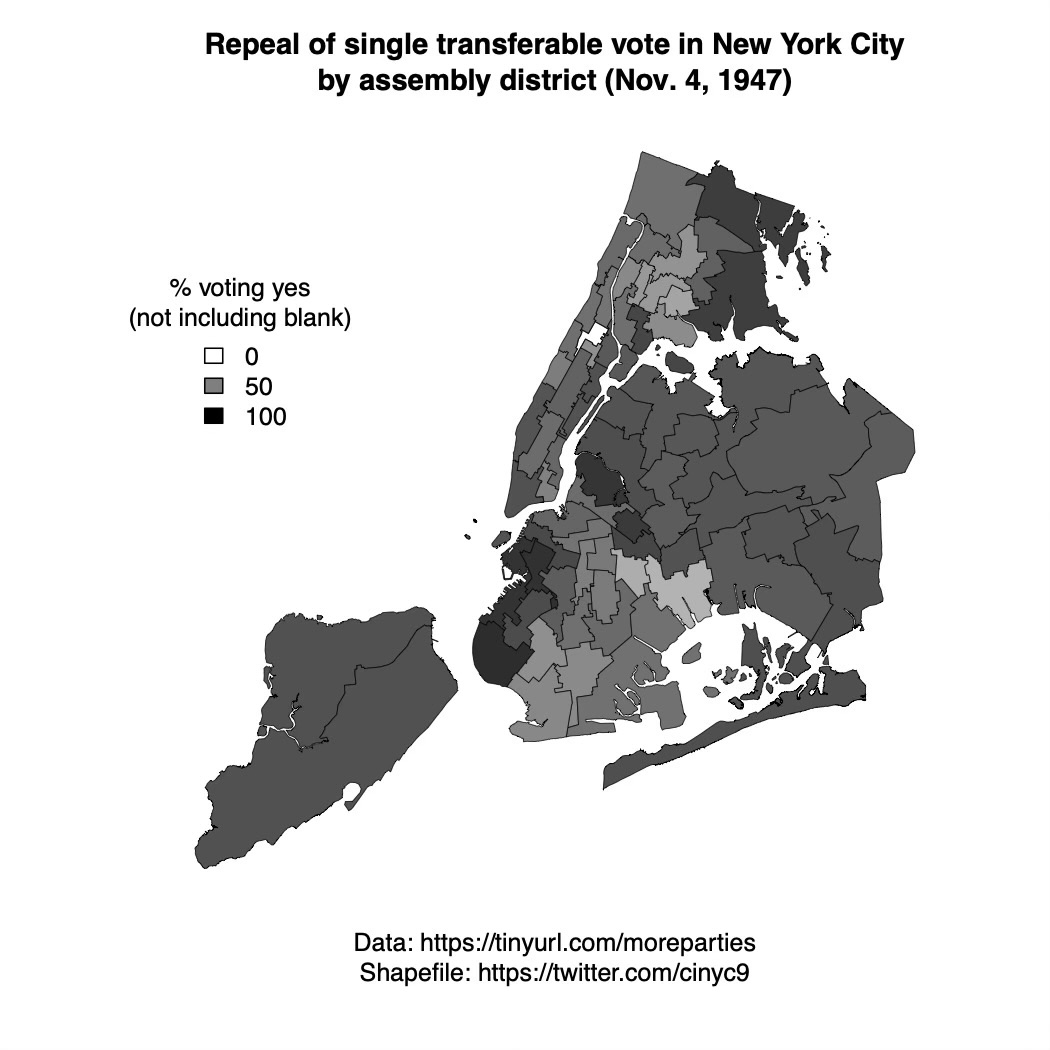Matthew Shugart has a summary of our contribution, which asks how proportional representation might be made to work for U.S. national elections. Michael Latner is the other co-author. It was an honor to contribute to the essay and to the larger collection, which is excellent.
Our piece also tries to take representation seriously. Those thoughts relate to our ongoing project on U.S. descriptive representation in comparative perspective.
